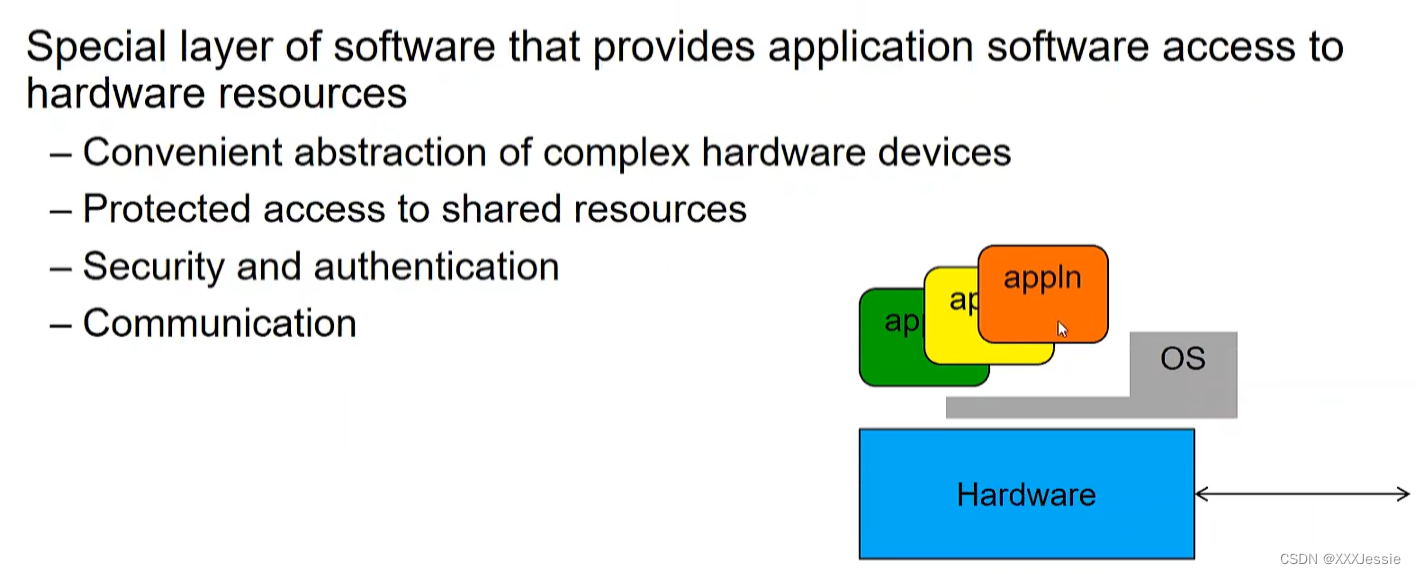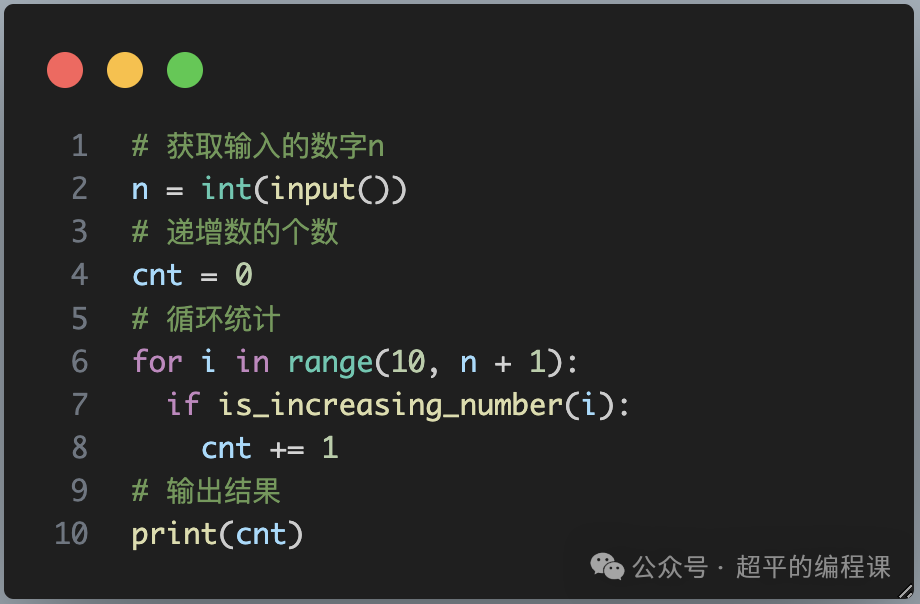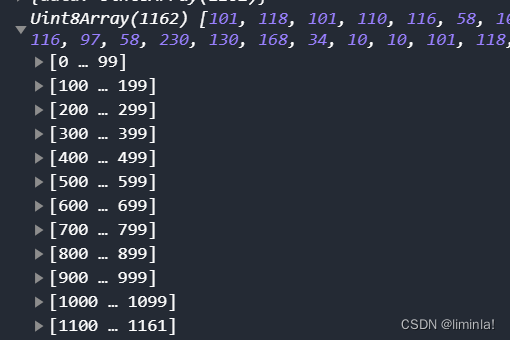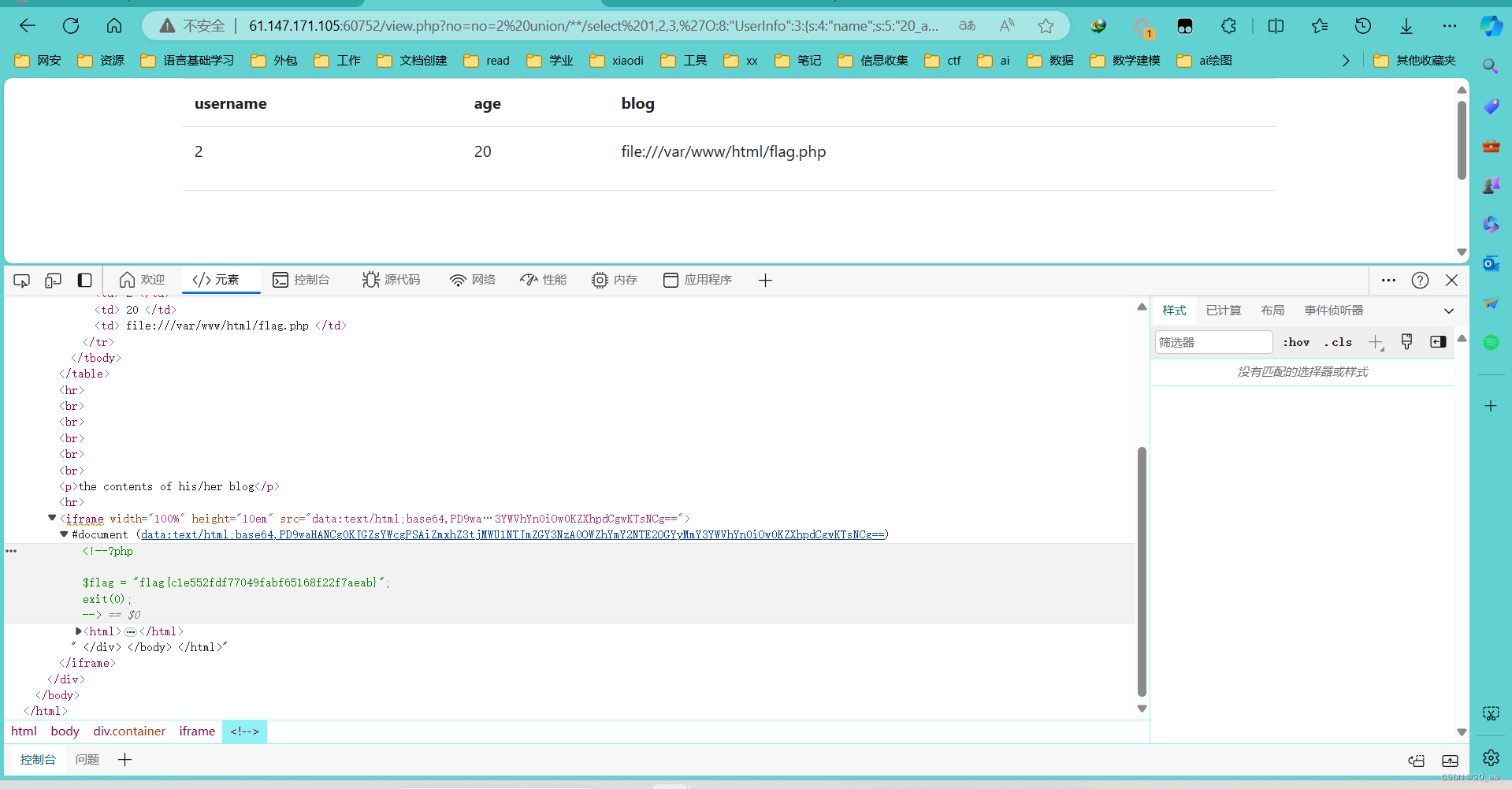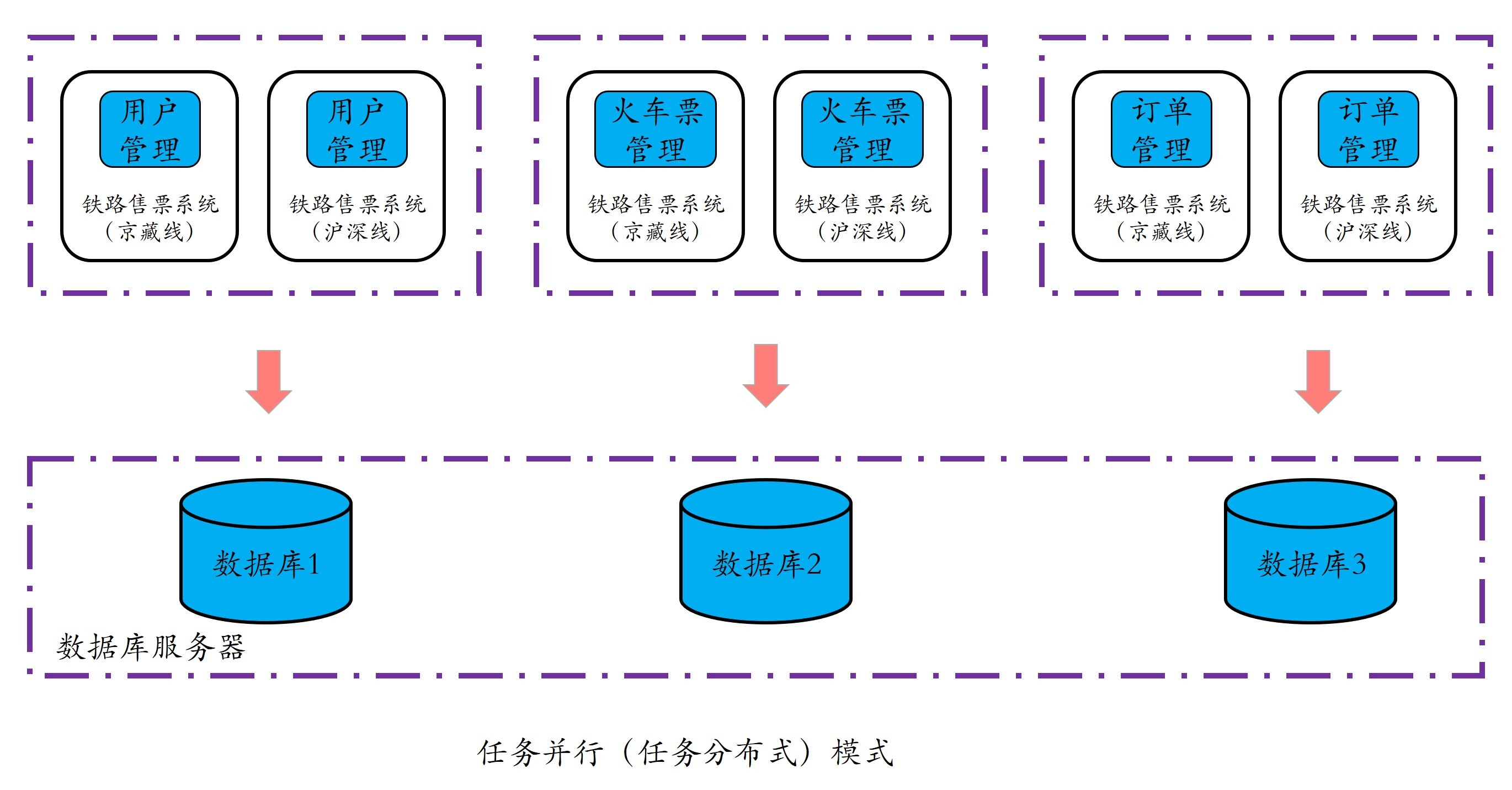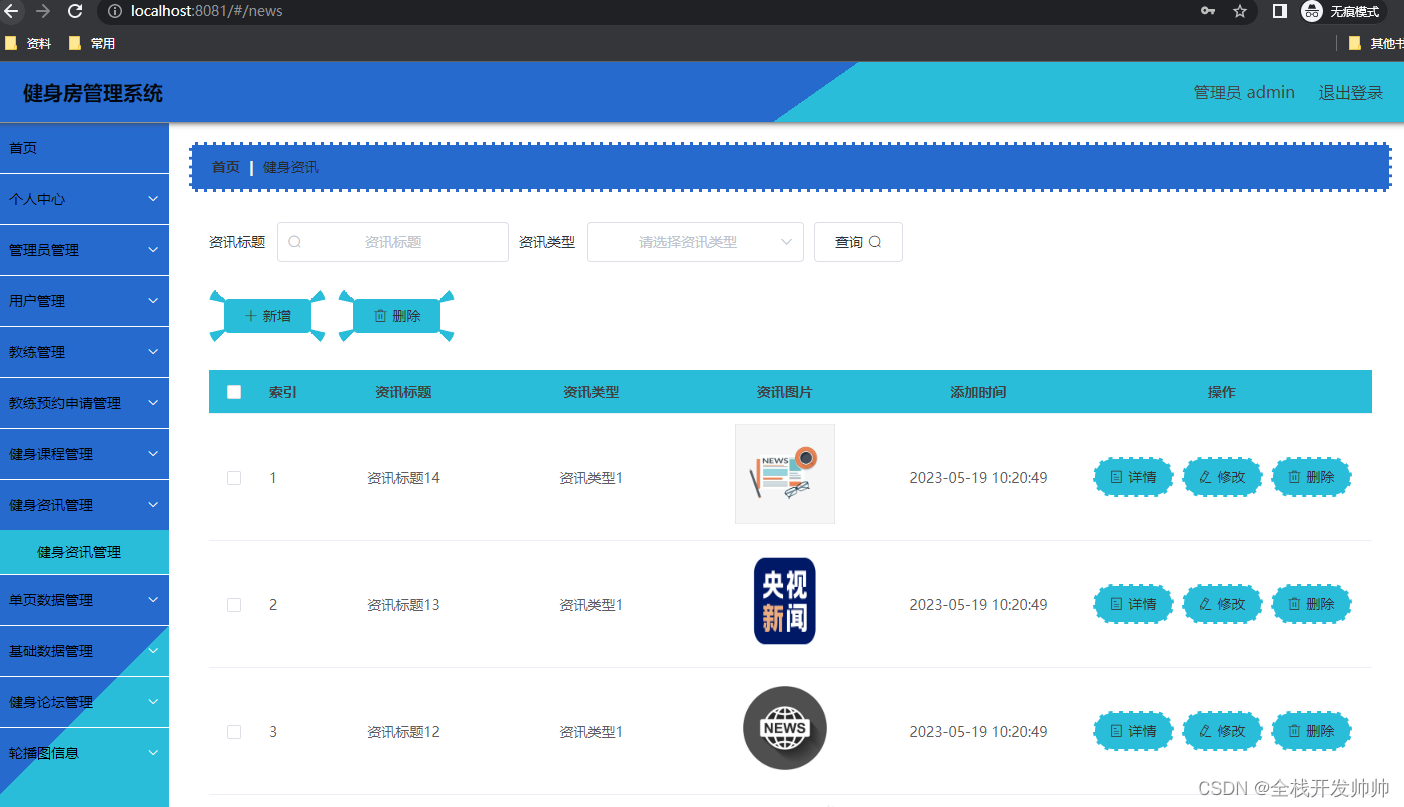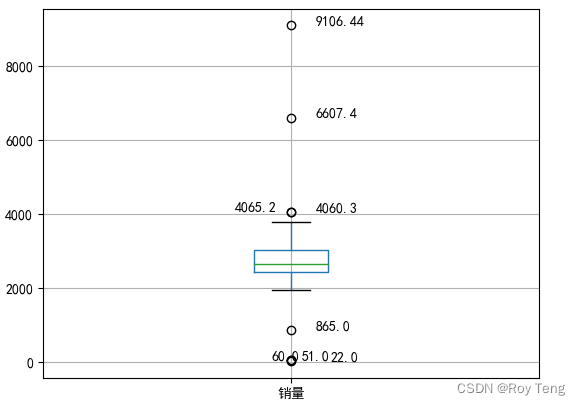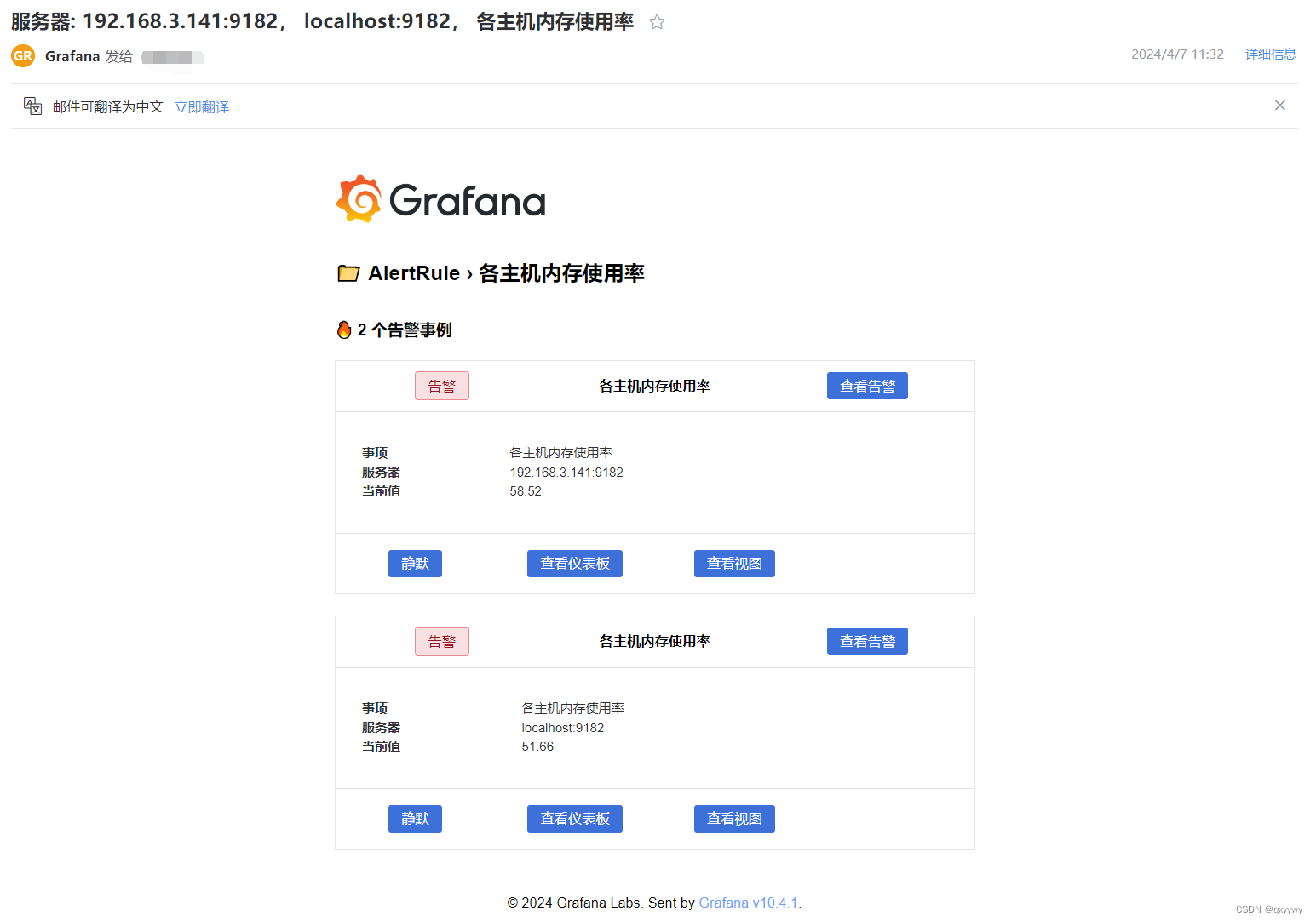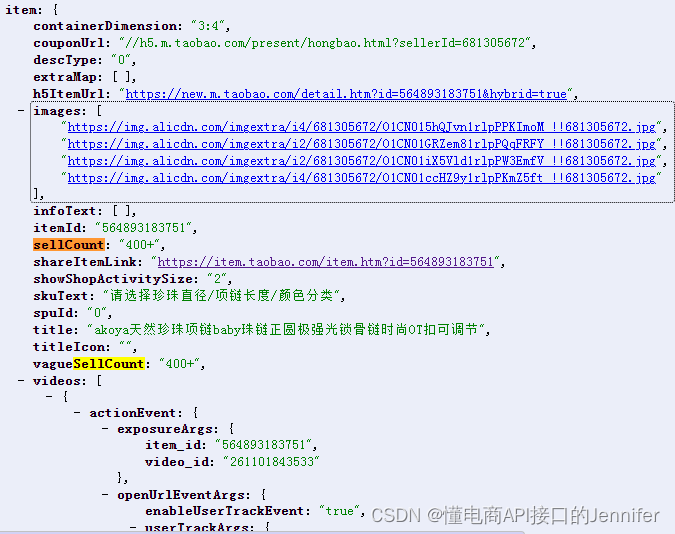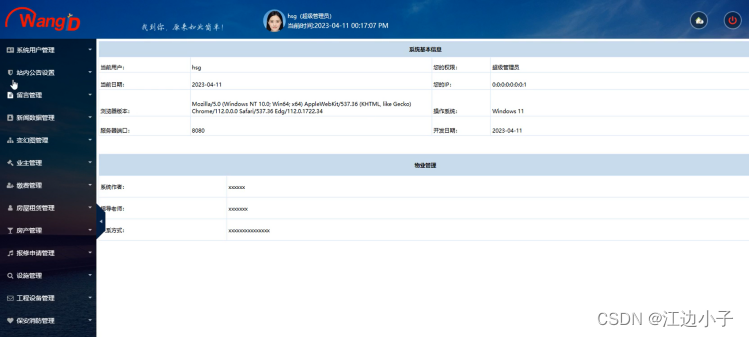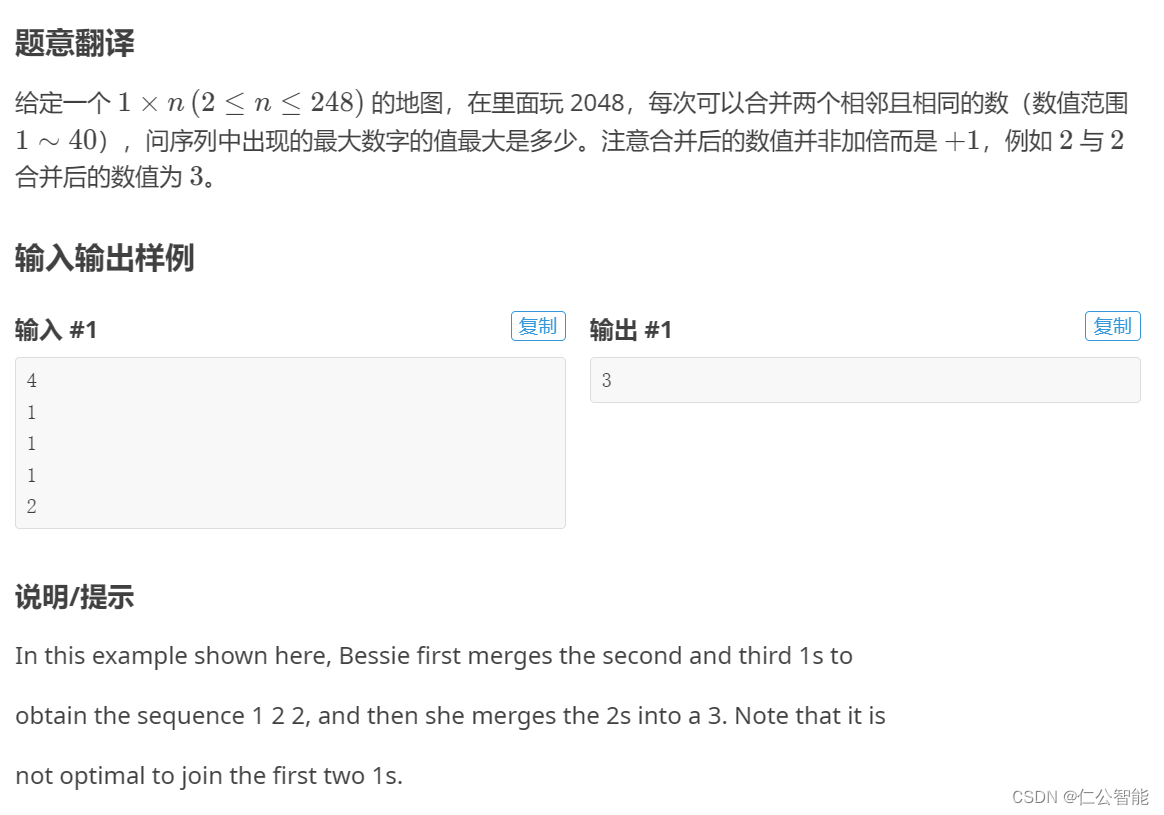【Mybatis-Plus】Mybatis-Plus 二级缓存全详解
一,Mybatis-Plus介绍
MyBatis-Plus(简称MP)是一个基于 MyBatis 的增强工具,它简化了 MyBatis 的开发,并且提供了许多便利的功能,帮助开发者更高效地进行持久层的开发。
二,Mybatis-Plus缓存级别 一级缓存,二级缓存
MyBatis-Plus 与 MyBatis 一样,也依赖于 MyBatis 的缓存机制,包括一级缓存(本地缓存)和二级缓存(全局缓存)。
-
一级缓存(本地缓存):
- 一级缓存是指在同一个 SqlSession 内部的缓存。它默认是开启的,且无法关闭。
- 当执行查询语句时,如果之前已经从数据库中查询过相同的结果,则会直接从缓存中获取结果,而不需要再次查询数据库。
- 一级缓存的作用范围是 SqlSession 级别的,也就是说,只有在同一个 SqlSession 中执行的查询操作才会共享同一个一级缓存。
- 当 SqlSession 关闭时,一级缓存将被清空,这意味着一级缓存的生命周期与 SqlSession 是一致的。
-
二级缓存(全局缓存):
- 二级缓存是指多个 SqlSession 之间共享的缓存,它的作用范围是 Mapper 级别的。
- 二级缓存需要手动开启和配置,可以通过在 Mapper 接口或者 XML 配置文件中添加
<cache>标签来配置。 - 当执行查询语句时,如果之前已经从数据库中查询过相同的结果,并且该结果被保存在二级缓存中,则会直接从缓存中获取结果,而不需要再次查询数据库。
- 二级缓存的生命周期是全局的,在多个 SqlSession 中共享,但是它需要考虑缓存的一致性和并发访问的安全性。
- 在更新数据时,需要手动清除或刷新二级缓存,以保证数据的正确性。
总的来说,一级缓存是 SqlSession 级别的缓存,而二级缓存是 Mapper 级别的缓存。一级缓存默认开启且无法关闭,而二级缓存需要手动配置开启。
Spring Boot 整合Mybatis 开启二级缓存
图片来源与CSDN 半缘修道_半缘君
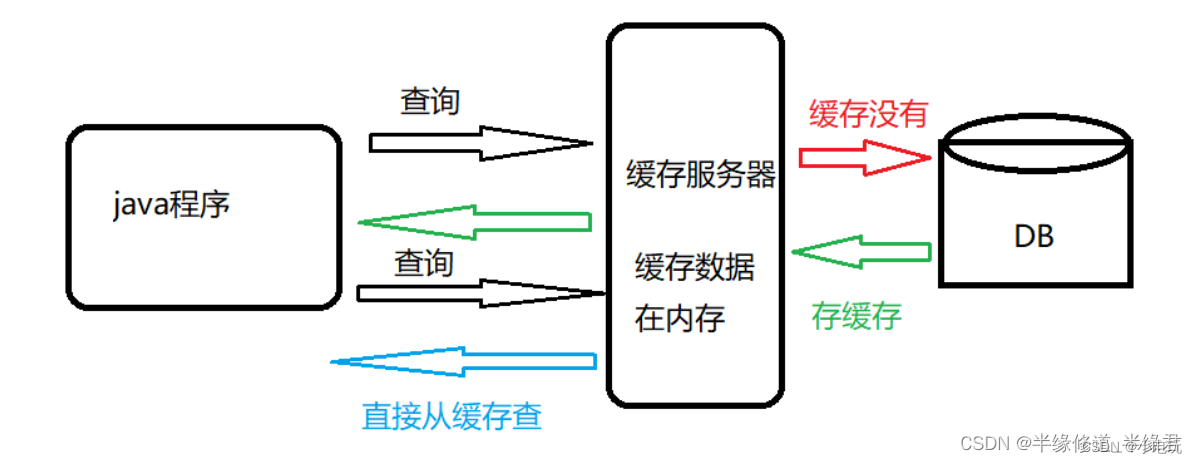
1.POM依赖
<dependency>
<groupId>org.springframework.boot</groupId>
<artifactId>spring-boot-starter-data-redis</artifactId>
</dependency>
<dependency>
<groupId>com.baomidou</groupId>
<artifactId>mybatis-plus-boot-starter</artifactId>
<version>3.3.2</version>
</dependency>
<dependency>
<groupId>mysql</groupId>
<artifactId>mysql-connector-java</artifactId>
<scope>runtime</scope>
</dependency>
<dependency>
<groupId>org.apache.commons</groupId>
<artifactId>commons-pool2</artifactId>
</dependency>
2.类代码
1. 编写Redis工具类RedisUtils
import org.springframework.data.redis.core.RedisCallback;
import org.springframework.data.redis.core.RedisTemplate;
import org.springframework.util.CollectionUtils;
import java.util.Collection;
import java.util.List;
import java.util.Map;
import java.util.Set;
import java.util.concurrent.TimeUnit;
/**
*
* Redis工具类,一般企业开发常用的一个工具类,不会去用原生的redis配置类
*
*/
public final class RedisUtils {
private RedisTemplate<String, Object> redisTemplate;
public RedisUtils(RedisTemplate<String, Object> redisTemplate) {
this.redisTemplate = redisTemplate;
}
public Object execute(RedisCallback action){
Object execute = redisTemplate.execute(action);
return execute;
}
/**
* 删除Collection<String>集合中的key
* @param keys
* @return
*/
public Long del(Collection<String> keys){
Long delete = redisTemplate.delete(keys);
return delete;
}
/**
* 模糊查询key
* @param str 模糊查询的条件
* @return
*/
public Set<String> keys(String str){
Set<String> keys = redisTemplate.keys(str);
return keys;
}
/**
* 消息订阅与发布:发布
* @param channel
* @param message
*/
public void convertAndSend(String channel, Object message){
redisTemplate.convertAndSend(channel,message);
}
/**
* 如果不存在且保存的时间大于0即可创建成功,否则创建失败
* @param key 键
* @param value 值
* @param time 缓存的时间
* @return
*/
public boolean setNx(String key,Object value,long time){
try {
if (time > 0) {
return redisTemplate.opsForValue().setIfAbsent(key,value,time,TimeUnit.SECONDS);
} else {
return false;
}
} catch (Exception e) {
e.printStackTrace();
return false;
}
}
/**
* 如果不存在才创建成功,否则就创建失败
* @param key
* @param value
* @return
*/
public boolean setNx(String key,Object value){
try {
return redisTemplate.opsForValue().setIfAbsent(key, value);
} catch (Exception e) {
e.printStackTrace();
return false;
}
}
// =============================common============================
public boolean expire(String key, long time) {
try {
if (time > 0) {
redisTemplate.expire(key, time, TimeUnit.SECONDS);
}
return true;
} catch (Exception e) {
e.printStackTrace();
return false;
}
}
public long getExpire(String key) {
return redisTemplate.getExpire(key, TimeUnit.SECONDS);
}
public boolean hasKey(String key) {
try {
return redisTemplate.hasKey(key);
} catch (Exception e) {
e.printStackTrace();
return false;
}
}
public void del(String... key) {
if (key != null && key.length > 0) {
if (key.length == 1) {
redisTemplate.delete(key[0]);
} else {
redisTemplate.delete((Collection<String>) CollectionUtils.arrayToList(key));
}
}
}
// ============================String=============================
public Object get(String key) {
return key == null ? null : redisTemplate.opsForValue().get(key);
}
public boolean set(String key, Object value) {
try {
redisTemplate.opsForValue().set(key, value);
return true;
} catch (Exception e) {
e.printStackTrace();
return false;
}
}
public boolean set(String key, Object value, long time) {
try {
if (time > 0) {
redisTemplate.opsForValue().set(key, value, time, TimeUnit.SECONDS);
} else {
set(key, value);
}
return true;
} catch (Exception e) {
e.printStackTrace();
return false;
}
}
public long incr(String key, long delta) {
if (delta < 0) {
throw new RuntimeException("递增因子必须大于0");
}
return redisTemplate.opsForValue().increment(key, delta);
}
public long decr(String key, long delta) {
if (delta < 0) {
throw new RuntimeException("递减因子必须大于0");
}
return redisTemplate.opsForValue().increment(key, -delta);
}
// ================================Map=================================
public Object hget(String key, String item) {
return redisTemplate.opsForHash().get(key, item);
}
public Map<Object, Object> hmget(String key) {
return redisTemplate.opsForHash().entries(key);
}
public boolean hmset(String key, Map<String, Object> map) {
try {
redisTemplate.opsForHash().putAll(key, map);
return true;
} catch (Exception e) {
e.printStackTrace();
return false;
}
}
public boolean hmset(String key, Map<String, Object> map, long time) {
try {
redisTemplate.opsForHash().putAll(key, map);
if (time > 0) {
expire(key, time);
}
return true;
} catch (Exception e) {
e.printStackTrace();
return false;
}
}
public boolean hset(String key, String item, Object value) {
try {
redisTemplate.opsForHash().put(key, item, value);
return true;
} catch (Exception e) {
e.printStackTrace();
return false;
}
}
public boolean hset(String key, String item, Object value, long time) {
try {
redisTemplate.opsForHash().put(key, item, value);
if (time > 0) {
expire(key, time);
}
return true;
} catch (Exception e) {
e.printStackTrace();
return false;
}
}
public void hdel(String key, Object... item) {
redisTemplate.opsForHash().delete(key, item);
}
public boolean hHasKey(String key, String item) {
return redisTemplate.opsForHash().hasKey(key, item);
}
public double hincr(String key, String item, double by) {
return redisTemplate.opsForHash().increment(key, item, by);
}
public double hdecr(String key, String item, double by) {
return redisTemplate.opsForHash().increment(key, item, -by);
}
// ============================set=============================
public Set<Object> sGet(String key) {
try {
return redisTemplate.opsForSet().members(key);
} catch (Exception e) {
e.printStackTrace();
return null;
}
}
public boolean sHasKey(String key, Object value) {
try {
return redisTemplate.opsForSet().isMember(key, value);
} catch (Exception e) {
e.printStackTrace();
return false;
}
}
public long sSet(String key, Object... values) {
try {
return redisTemplate.opsForSet().add(key, values);
} catch (Exception e) {
e.printStackTrace();
return 0;
}
}
public long sSetAndTime(String key, long time, Object... values) {
try {
Long count = redisTemplate.opsForSet().add(key, values);
if (time > 0) {
expire(key, time);
}
return count;
} catch (Exception e) {
e.printStackTrace();
return 0;
}
}
public long sGetSetSize(String key) {
try {
return redisTemplate.opsForSet().size(key);
} catch (Exception e) {
e.printStackTrace();
return 0;
}
}
public long setRemove(String key, Object... values) {
try {
Long count = redisTemplate.opsForSet().remove(key, values);
return count;
} catch (Exception e) {
e.printStackTrace();
return 0;
}
}
// ===============================list=================================
public List<Object> lGet(String key, long start, long end) {
try {
return redisTemplate.opsForList().range(key, start, end);
} catch (Exception e) {
e.printStackTrace();
return null;
}
}
public long lGetListSize(String key) {
try {
return redisTemplate.opsForList().size(key);
} catch (Exception e) {
e.printStackTrace();
return 0;
}
}
public Object lGetIndex(String key, long index) {
try {
return redisTemplate.opsForList().index(key, index);
} catch (Exception e) {
e.printStackTrace();
return null;
}
}
public boolean lSet(String key, Object value) {
try {
redisTemplate.opsForList().rightPush(key, value);
return true;
} catch (Exception e) {
e.printStackTrace();
return false;
}
}
public boolean lSet(String key, Object value, long time) {
try {
redisTemplate.opsForList().rightPush(key, value);
if (time > 0) {
expire(key, time);
}
return true;
} catch (Exception e) {
e.printStackTrace();
return false;
}
}
public boolean lSet(String key, List<Object> value) {
try {
redisTemplate.opsForList().rightPushAll(key, value);
return true;
} catch (Exception e) {
e.printStackTrace();
return false;
}
}
public boolean lSet(String key, List<Object> value, long time) {
try {
redisTemplate.opsForList().rightPushAll(key, value);
if (time > 0) {
expire(key, time);
}
return true;
} catch (Exception e) {
e.printStackTrace();
return false;
}
}
public boolean lUpdateIndex(String key, long index, Object value) {
try {
redisTemplate.opsForList().set(key, index, value);
return true;
} catch (Exception e) {
e.printStackTrace();
return false;
}
}
public long lRemove(String key, long count, Object value) {
try {
Long remove = redisTemplate.opsForList().remove(key, count, value);
return remove;
} catch (Exception e) {
e.printStackTrace();
return 0;
}
}
}
2.ApplicationContextUtil
import org.springframework.beans.BeansException;
import org.springframework.context.ApplicationContext;
import org.springframework.context.ApplicationContextAware;
import org.springframework.stereotype.Component;
/**
* @ClassName : ApplicationContextUtil
* @Description : 手动获取bean的工具类
*/
@Component
public class ApplicationContextUtil implements ApplicationContextAware {
private static ApplicationContext context;
@Override
public void setApplicationContext(ApplicationContext applicationContext) throws BeansException {
this.context = applicationContext;
}
/**
*
* @param beanName
* @return
*/
public static Object getBean(String beanName) {
return context.getBean(beanName);
}
}
3.MybatisRedisCache
import lombok.extern.slf4j.Slf4j;
import org.apache.ibatis.cache.Cache;
import org.springframework.data.redis.connection.RedisServerCommands;
import org.springframework.data.redis.core.RedisCallback;
import org.springframework.util.DigestUtils;
import javax.annotation.Resource;
import java.util.ArrayList;
import java.util.concurrent.locks.ReadWriteLock;
import java.util.concurrent.locks.ReentrantReadWriteLock;
/**
* @ClassName : MybatisRedisCache
* @Description : mybatis-plus结合redis自定义缓存管理
* @author ZJ
*/
@Slf4j
public class MybatisPlusRedisCache implements Cache {
/**
* 注意,这里无法通过@Autowired等注解的方式注入bean,只能手动获取
*/
private RedisUtils redisUtil;
/**
* 手动获取bean
*
* @return
*/
private void getRedisUtil() {
redisUtil = (RedisUtils) ApplicationContextUtil.getBean("redisUtils");
}
// 读写锁
private final ReadWriteLock readWriteLock = new ReentrantReadWriteLock(true);
private String id;
public MybatisPlusRedisCache(final String id) {
if (id == null) {
throw new IllegalArgumentException("Cache instances require an ID");
}
log.info("二级缓存id:{}",id);
this.id = id;
}
@Override
public String getId() {
return this.id;
}
@Override
public void putObject(Object key, Object value) {
log.info("存入缓存");
if (redisUtil == null) {
getRedisUtil();//获取bean
}
try {
//将key加密后存入
redisUtil.hset(this.id,this.MD5Encrypt(key),value);
} catch (Exception e) {
log.error("存入缓存失败!");
e.printStackTrace();
}
}
@Override
public Object getObject(Object key) {
log.info("获取缓存");
if (redisUtil == null) {
getRedisUtil();//获取bean
}
try {
if (key != null) {
return redisUtil.hget(this.id,this.MD5Encrypt(key));
}
} catch (Exception e) {
log.error("获取缓存失败!");
e.printStackTrace();
}
return null;
}
@Override
public Object removeObject(Object key) {
log.info("删除缓存");
if (redisUtil == null) {
getRedisUtil();//获取bean
}
try {
if (key != null) {
redisUtil.del(this.MD5Encrypt(key));
}
} catch (Exception e) {
log.error("删除缓存失败!");
e.printStackTrace();
}
return null;
}
@Override
public void clear() {
log.info("清空缓存");
if (redisUtil == null) {
getRedisUtil();//获取bean
}
try {
redisUtil.del(this.id);
} catch (Exception e) {
log.error("清空缓存失败!");
e.printStackTrace();
}
}
@Override
public int getSize() {
if (redisUtil == null) {
getRedisUtil();//获取bean
}
Long size = (Long)redisUtil.execute((RedisCallback<Long>) RedisServerCommands::dbSize);
return size.intValue();
}
@Override
public ReadWriteLock getReadWriteLock() {
return this.readWriteLock;
}
/**
* MD5加密存储key,以节约内存
*/
private String MD5Encrypt(Object key){
String s = DigestUtils.md5DigestAsHex(key.toString().getBytes());
return s;
}
}
4,编写RedisConfig配置类
import com.fasterxml.jackson.annotation.JsonAutoDetect;
import com.fasterxml.jackson.annotation.JsonTypeInfo;
import com.fasterxml.jackson.annotation.PropertyAccessor;
import com.fasterxml.jackson.databind.ObjectMapper;
import com.fasterxml.jackson.databind.jsontype.impl.LaissezFaireSubTypeValidator;
import lombok.extern.slf4j.Slf4j;
import org.springframework.context.annotation.Bean;
import org.springframework.context.annotation.Configuration;
import org.springframework.data.redis.connection.RedisConnectionFactory;
import org.springframework.data.redis.core.RedisTemplate;
import org.springframework.data.redis.serializer.Jackson2JsonRedisSerializer;
import org.springframework.data.redis.serializer.StringRedisSerializer;
@Configuration
@Slf4j
public class RedisConfig {
/**redis配置模板**/
@Bean
public RedisTemplate<String, Object> redisTemplate(RedisConnectionFactory factory) {
//为了开发的方便,一般直接使用<String, Object>
RedisTemplate<String, Object> template = new RedisTemplate<>();
template.setConnectionFactory(factory);
//json的序列化配置
Jackson2JsonRedisSerializer jackson2JsonRedisSerializer = new Jackson2JsonRedisSerializer(Object.class);
ObjectMapper om = new ObjectMapper();
om.setVisibility(PropertyAccessor.ALL, JsonAutoDetect.Visibility.ANY);
om.activateDefaultTyping(
LaissezFaireSubTypeValidator.instance ,
ObjectMapper.DefaultTyping.NON_FINAL,
JsonTypeInfo.As.PROPERTY);
jackson2JsonRedisSerializer.setObjectMapper(om);
//String的序列化
StringRedisSerializer stringRedisSerializer = new StringRedisSerializer();
// key采用String的序列化方式
template.setKeySerializer(stringRedisSerializer);
// hash的key也采用String的序列化方式
template.setHashKeySerializer(stringRedisSerializer);
// value序列化方式采用jackson
template.setValueSerializer(jackson2JsonRedisSerializer);
// hash的value序列化方式采用jackson
template.setHashValueSerializer(jackson2JsonRedisSerializer);
template.afterPropertiesSet();
return template;
}
@Bean(name="redisUtils")
public RedisUtils redisUtils(final RedisTemplate<String, Object> redisTemplate) {
final RedisUtils jedisService = new RedisUtils(redisTemplate);
return jedisService;
}
}
3.在Spring Boot中整合MyBatis,可以通过以下步骤开启二级缓存:
- 配置mybatis-config.xml文件:
在mybatis-config.xml文件中,需要添加如下配置:
<configuration>
<settings>
<setting name="cacheEnabled" value="true"/> <!-- 开启二级缓存 -->
<setting name="lazyLoadingEnabled" value="true"/> <!-- 开启延迟加载 -->
<setting name="aggressiveLazyLoading" value="false"/> <!-- 关闭积极的延迟加载 -->
</settings>
<typeAliases>
...
</typeAliases>
<mappers>
...
</mappers>
</configuration>
- 配置mapper.xml文件:
在mapper.xml文件中,需要添加如下配置:
<mapper namespace="com.example.myexcel.dao.InsuranceSettlementMapper">
<resultMap type="com.example.myexcel.pojo.entity.InsuranceSettlementEntity" id="insuranceSettlementMap">
<result property="insuranceName" column="insurance_name"/>
<result property="credentialNo" column="credential_no"/>
<result property="drugApplyId" column="drug_apply_id"/>
<result property="totalAmount" column="total_amount"/>
</resultMap>
<cache-ref namespace="com.example.myexcel.dao.InsuranceSettlementMapper"/>
</mapper>
- 配置application.yml文件:
在application.yml文件中,需要添加如下配置:
# 开启MyBatis二级缓存
mybatis-plus:
mapper-locations: classpath:mapper/*.xml
type-aliases-package: com.example.myexcel.pojo.entity
configuration:
log-impl: org.apache.ibatis.logging.stdout.StdOutImpl #开启sql日志
#缓存开启
cache-enabled: true
- 配置接口类:
你还可以通过在mapper接口上添加@CacheNamespace注解来启用并配置二级缓存。例如:
@Mapper
@CacheNamespace(implementation= MybatisPlusRedisCache.class,eviction=MybatisPlusRedisCache.class)
public interface InsuranceSettlementMapper extends BaseMapper<InsuranceSettlementEntity> {
}
- 配置Redis:
如果使用Redis作为二级缓存的实现,需要在application.yml文件中添加如下配置:
# Redis配置
redis:
database: 15
host:
port: 6379
password: 123456 # 密码(默认为空)
timeout: 6000ms # 连接超时时长(毫秒)
lettuce:
pool:
max-active: 1000 # 连接池最大连接数(使用负值表示没有限制)
max-wait: -1ms # 连接池最大阻塞等待时间(使用负值表示没有限制)
max-idle: 10 # 连接池中的最大空闲连接
min-idle: 5 # 连接池中的最小空闲连接
@Test
public void query(){
log.info("*****************************************************************************************");
List<InsuranceSettlementEntity> list = insuranceSettlementService.list();
log.info("列表:{}",list);
}
缓存查询列表测试结果:先查询缓存,发现没有数据后查询数据再存入缓存

缓存查询列表测试结果:先查询缓存,发现有数据直接返回数据


